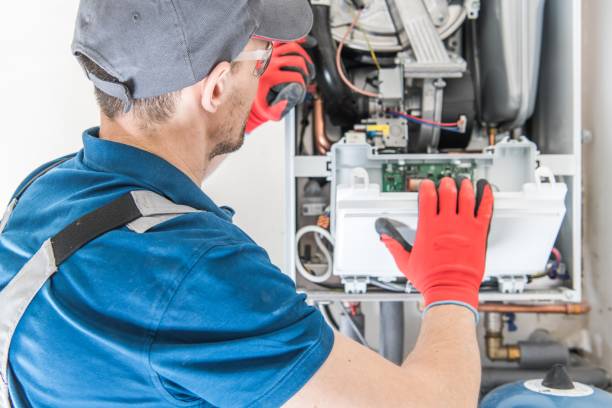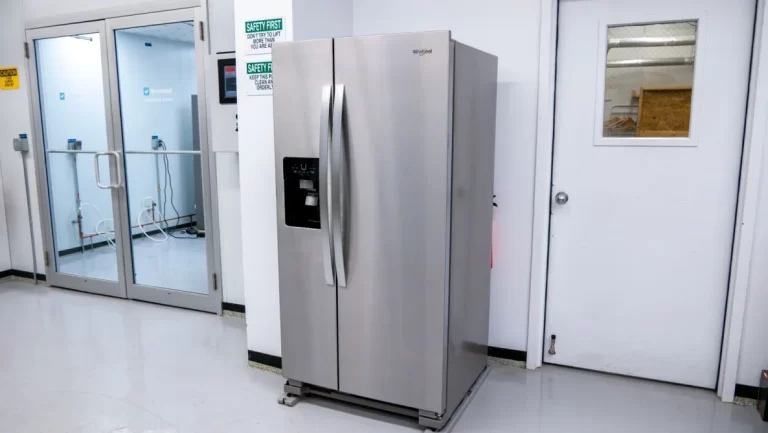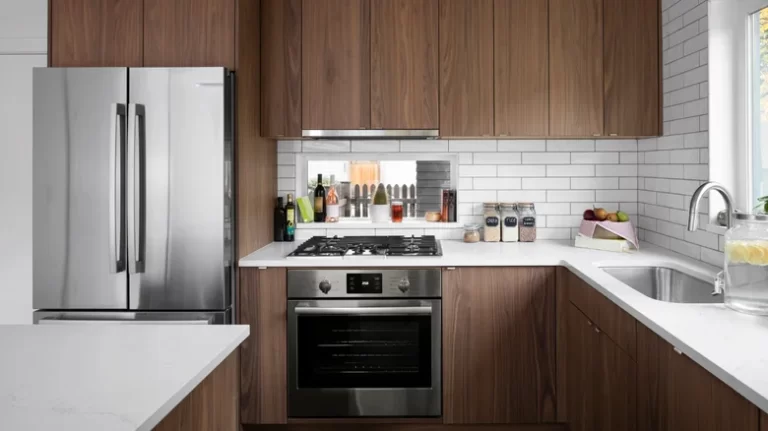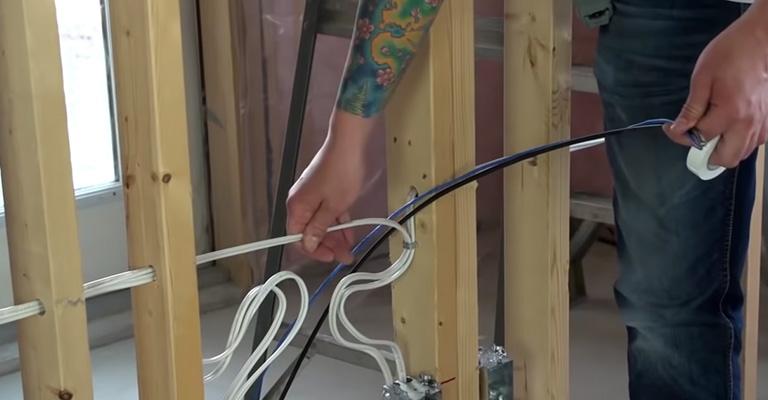Spray Foam Insulation Cost: What You Need to Know
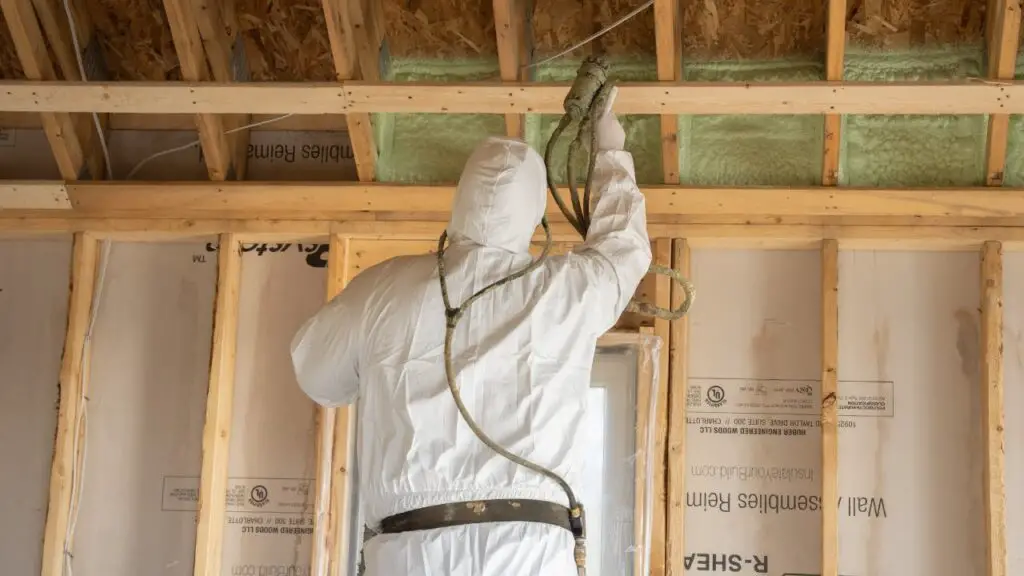
Spray foam insulation is an effective way to reduce energy costs and improve the overall comfort of your home or business. However, the cost of spray foam insulation can vary depending on several factors. It is essential to understand these factors to make an informed decision about whether spray foam insulation is right for you.
One of the primary factors that affect the cost of spray foam insulation is the size of the area to be insulated. The larger the area, the more materials and labor will be required, which will increase the cost. Additionally, the type of spray foam insulation used can also affect the cost. Open-cell spray foam insulation is less expensive than closed-cell spray foam insulation but has lower insulating properties. The cost of spray foam insulation can also vary depending on the location and accessibility of the area to be insulated.
Factors Affecting Spray Foam Insulation Cost
Spray foam insulation is a popular choice for homeowners and businesses looking to save on energy costs. Before you decide to invest in spray foam insulation, it’s important to understand the factors that can affect the cost.
Material Type
The type of spray foam insulation you choose can have a significant impact on the cost. There are two main types of spray foam insulation: open-cell and closed-cell. Open-cell foam is less expensive than closed-cell foam, but it has a lower R-value, meaning it provides less insulation per inch of thickness. Closed-cell foam is more expensive, but it has a higher R-value and provides better insulation.
Insulation Thickness
The thickness of the insulation can also affect the cost. The thicker the insulation, the more material is required, which can increase the cost. However, thicker insulation also provides better insulation, which can result in greater energy savings over time.
Area Coverage
The area to be insulated is another factor that can affect the cost. Larger areas will require more material and labor, which can increase the cost. However, some contractors may offer discounts for larger projects, so it’s important to shop around and compare quotes.
In summary, spray foam insulation cost is affected by the type of material, insulation thickness, and area coverage. It’s important to consider these factors when estimating the cost of your project. By doing so, you can make an informed decision and choose the best insulation option for your needs and budget.
Average Cost of Spray Foam Insulation
Spray foam insulation is an excellent choice for those looking to insulate their homes or businesses. It can help reduce energy bills and increase comfort by providing an airtight seal that prevents air from escaping or entering. However, the cost of spray foam insulation can vary depending on a few factors.
Cost by Project Size
The cost of spray foam insulation is typically measured per square foot. The average cost of spray foam insulation ranges from $1.50 to $3.50 per square foot. However, the cost can vary depending on the size of the project. Larger projects may have a lower cost per square foot, while smaller projects may have a higher cost per square foot.
Cost Comparison with Other Insulation Types
Spray foam insulation is generally more expensive than other types of insulation, such as fiberglass or cellulose. However, it is important to consider the long-term benefits of spray foam insulation. Spray foam insulation can last up to 50 years, while other types of insulation may need to be replaced every 10-20 years. Additionally, spray foam insulation can provide better insulation than other types of insulation, which can result in lower energy bills.
In conclusion, the cost of spray foam insulation can vary depending on the size of the project and other factors. While it may be more expensive than other types of insulation, the long-term benefits of spray foam insulation make it a worthwhile investment.
Installation Considerations
When considering the cost of spray foam insulation, it is important to take into account the various installation considerations that can impact the overall cost. Here are some key factors to consider:
Labor Costs
The cost of labor can vary depending on the contractor and the complexity of the job. Some contractors may charge by the hour, while others may charge a flat rate for the entire project. It is important to get multiple quotes from different contractors to ensure that you are getting a fair price. Additionally, it is important to choose a contractor who is experienced in installing spray foam insulation to ensure that the job is done correctly.
Geographical Location
The cost of spray foam insulation can also vary depending on your geographical location. In areas where there is a higher demand for insulation, the cost may be higher. Additionally, the cost may be higher in areas where there are stricter building codes or regulations. It is important to research the average cost of spray foam insulation in your area to ensure that you are getting a fair price.
Time of Year
The time of year can also impact the cost of spray foam insulation. During peak seasons, such as the summer months, the cost may be higher due to increased demand. Additionally, if the weather is too cold or too hot, it may be difficult to install the insulation, which can increase the cost. It is important to choose a time of year when the weather is mild to ensure that the job can be done efficiently and effectively.
Overall, there are several installation considerations that can impact the cost of spray foam insulation. By taking these factors into account, you can ensure that you are getting a fair price for your insulation project.
Cost-Saving Tips and Rebates
When it comes to spray foam insulation, the cost can vary depending on a few factors. However, there are some cost-saving tips and rebates that can help reduce the overall cost of the project.
One cost-saving tip is to make sure your home is properly sealed before installing spray foam insulation. This will help reduce the amount of insulation needed and ultimately lower the cost of the project. It’s also important to work with a reputable contractor who can provide an accurate estimate and ensure the project is done correctly the first time.
Another way to save on spray foam insulation is to take advantage of rebates and incentives offered by your local utility company or government. Many utility companies offer rebates for energy-efficient upgrades, including spray foam insulation. Additionally, some government programs offer tax credits for energy-efficient home improvements.
It’s important to note that while these cost-saving tips and rebates can help reduce the overall cost of the project, it’s still important to invest in quality insulation to ensure long-term energy savings and comfort in your home.
Frequently Asked Questions (FAQs)
Q: What is the average cost per square foot for spray foam insulation?
A: The average cost per square foot for spray foam insulation is between $1.50 to $3.50. However, the cost may vary depending on the type of spray foam insulation used, the thickness of the insulation, and the size of the area to be insulated.
Q: How does the cost of spray foam insulation compare to fiberglass insulation?
A: Spray foam insulation is generally more expensive than fiberglass insulation. However, spray foam insulation has a higher R-value and can provide better insulation, which can lead to lower energy bills in the long run.
Q: What factors influence the total cost of installing spray foam insulation in an attic?
A: The total cost of installing spray foam insulation in an attic can be influenced by several factors, including the size of the attic, the type of spray foam insulation used, the thickness of the insulation, and the complexity of the installation process.
Q: Can I reduce costs by using a DIY spray foam insulation kit, and what should I consider?
A: Using a DIY spray foam insulation kit can potentially reduce costs, but it is important to consider the potential risks and challenges. Improper installation can lead to poor insulation and even health hazards. It is recommended to hire a professional for spray foam insulation installation.
Q: What are the expected costs for insulating a large workshop with spray foam?
A: The expected costs for insulating a large workshop with spray foam can vary greatly depending on the size of the workshop, the type of spray foam insulation used, and the thickness of the insulation. It is recommended to get a quote from a professional insulation contractor for accurate pricing.
Q: Are there any regional cost variations for spray foam insulation, such as in California?
A: Yes, there may be regional cost variations for spray foam insulation. Factors such as local labor costs, material availability, and local building codes can influence the cost of spray foam insulation installation. It is recommended to get a quote from a local insulation contractor for accurate pricing.
Conclusion
It’s crucial to emphasize the value and efficiency of installing spray foam insulation. When considering foam insulation cost, remember that the type, such as closed cell spray foam, plays a significant role in the overall expenditure. This option, while possibly more costly upfront, offers superior moisture barrier capabilities and energy efficiency compared to traditional insulation methods.
It’s essential to weigh the initial spray foam insulation costs against the long-term savings in energy bills and maintenance. The total cost to install spray foam insulation can vary based on the size of the area and the existing insulation. Measured in board foot, which is a unit of measure for the area covered, the price of polyurethane spray foam insulation can differ.
Homeowners must consider the extent of coverage needed and the type of spray foam, be it closed cell or open cell. While the upfront cost of spray foam insulation might be higher than traditional insulation methods, the long-term benefits of energy efficiency, moisture protection, and durability make it a worthwhile investment for homeowners looking to enhance their property’s insulation.


